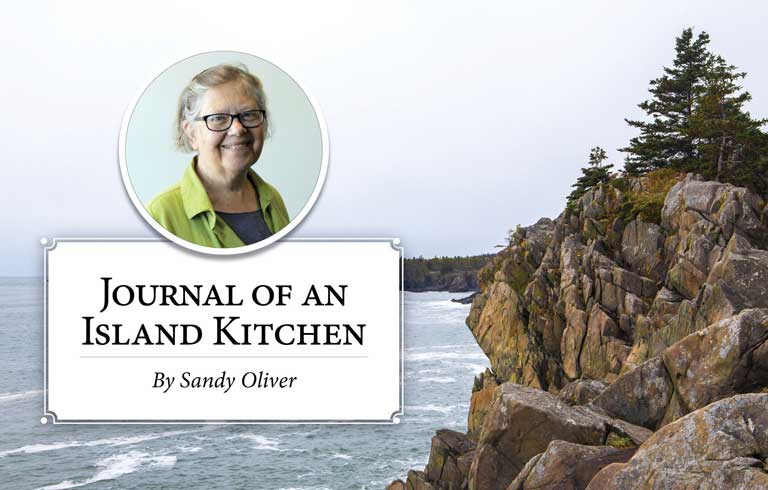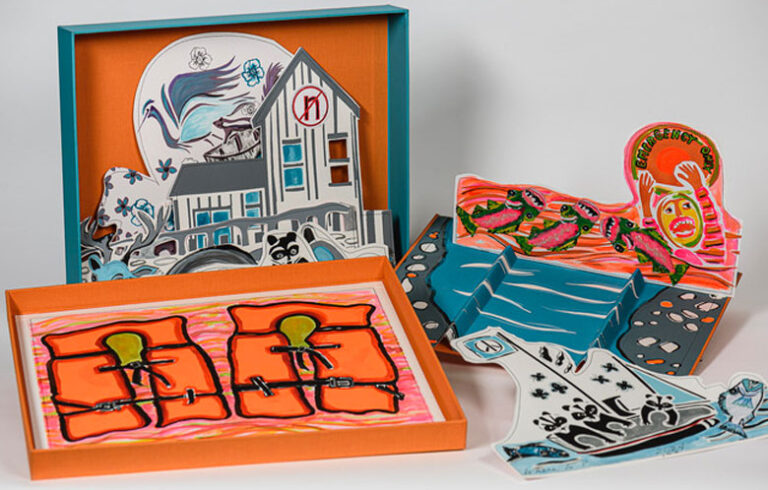It’s a terrible job writing recipes.
I know this because during the past 40 or so years, I’ve written around 1,400 of the little stinkers. The biggest chunk of those were recruited from friends, neighbors, and readers which I tried out, reworked a little, and published for a weekly column called Taste Buds in the Bangor Daily News.
I’m certain I haven’t written as many as other stalwarts in the food writing world. What made it annoying for me is that I’ve been much more interested in why people ate what they ate than how they concocted it, and do so to this day.
As a recipe user, I’m pretty cavalier, only remotely careful while baking when structure really matters. Even then, I jack up spicing, reduce sugar, and, when I can get away with it, prune back shortening.
I’m not the least tempted to try it out in the unlikely case it isn’t as awful as it sounds.
My extensive exposure to historic recipes showed me that in many recipes a surprising amount of flexibility is entirely possible and results in a perfectly recognizable edible. For example, I discovered that one can make a biscuit by adding only two tablespoons of butter (or other solid fat) to a certain quantity of flour or as much as three times that to the same amount of flour and the only thing that changes is the flavor and flakiness, perfectly good reasons to use more while using less helps the pocketbook.
Flexibility is key for island dwellers who may find their local store doesn’t carry all possible iterations of an ingredient but usually at least one, or researching ingredients and purchasing online adds a couple days to acquisition.
Chances are very good that island pantries are more replete than mainland ones where there is a short and easy trip to fetch whatever is needed.
Lots of recipes are superfluous. I’ve written them, but I think recipes for most salads are kind of silly. The word salad practically implies a whole bunch of stuff raw or cooked, vegetable or animal, warm or cold all tossed together with dressing on it. Same goes for soups or chowder.
A few years ago, a distinguished Boston chef wrote a book of “50 chowder recipes” which I thought was 49 too many. Chowder is a structure involving something that comes from the sea, plus, these days, potatoes, some onion, often salt pork, and water and often milk. You vary it by adding different stuff from the sea. Or corn.
Still dozens of cookbooks line the shelves of my study. Some date to the 1600s, others only a couple of years old.
One, a cookbook entitled The Pastors Wives Cookbook, apparently assembled by a nationwide organization of wives of church pastors and first published in 1973, contains one of the most scandalous recipes I’ve ever seen.
It’s for a salad called Chicken Mystery Salad and calls for three cans of chicken noodle soup, three cans of tuna, three, three-ounce packages of lemon gelatin (you know, Jello), dissolved in only one-and-a-half cups of hot water plus one-and-half-cups of mayonnaise and the same amount of whipping cream, lots of chopped celery, green pepper, and grated onion. It’s topped with a mixture of dissolved strawberry Jello and frozen strawberries. This mess was purportedly submitted by Mrs. C.E. Colton of Dallas, Texas.
As I read it, I thought, someone who didn’t like Mrs. Colton very much, and wanted to smear her good name, submitted this recipe for the book. Perhaps Mrs. C. was weary of being asked for recipes to add to community cookbooks like Pastors Wives and figured if she contributed a real bomb, no one would ever ask again.
Just think about it: chicken noodle soup and tuna in lemon Jello with a lot of mayo and whipped cream and topped with strawberry slather. Eeee-yuck. Chicken Mystery indeed. I’m not the least tempted to try it out in the unlikely case it isn’t as awful as it sounds.
Over the years, my recipe acquisitions have connected me to people I’m grateful to know, and built enduring friendships around wonderful dishes that I’m glad to cook. Several years ago, I put 175 of the recipes from the column into a compilation called Maine Home Cooking; it’s recently been reprinted in paperback. Then early in November this year, my second compilation called Down East Delicious appeared from Down East Publishing with another 175 recipes.
I’m confident there aren’t any little horrors like Chicken Mystery Salad in either book.
Sandy Oliver is a food historian who gardens, cooks, and writes on Islesboro. She may be contacted at SandyOliver47@gmail.com.





